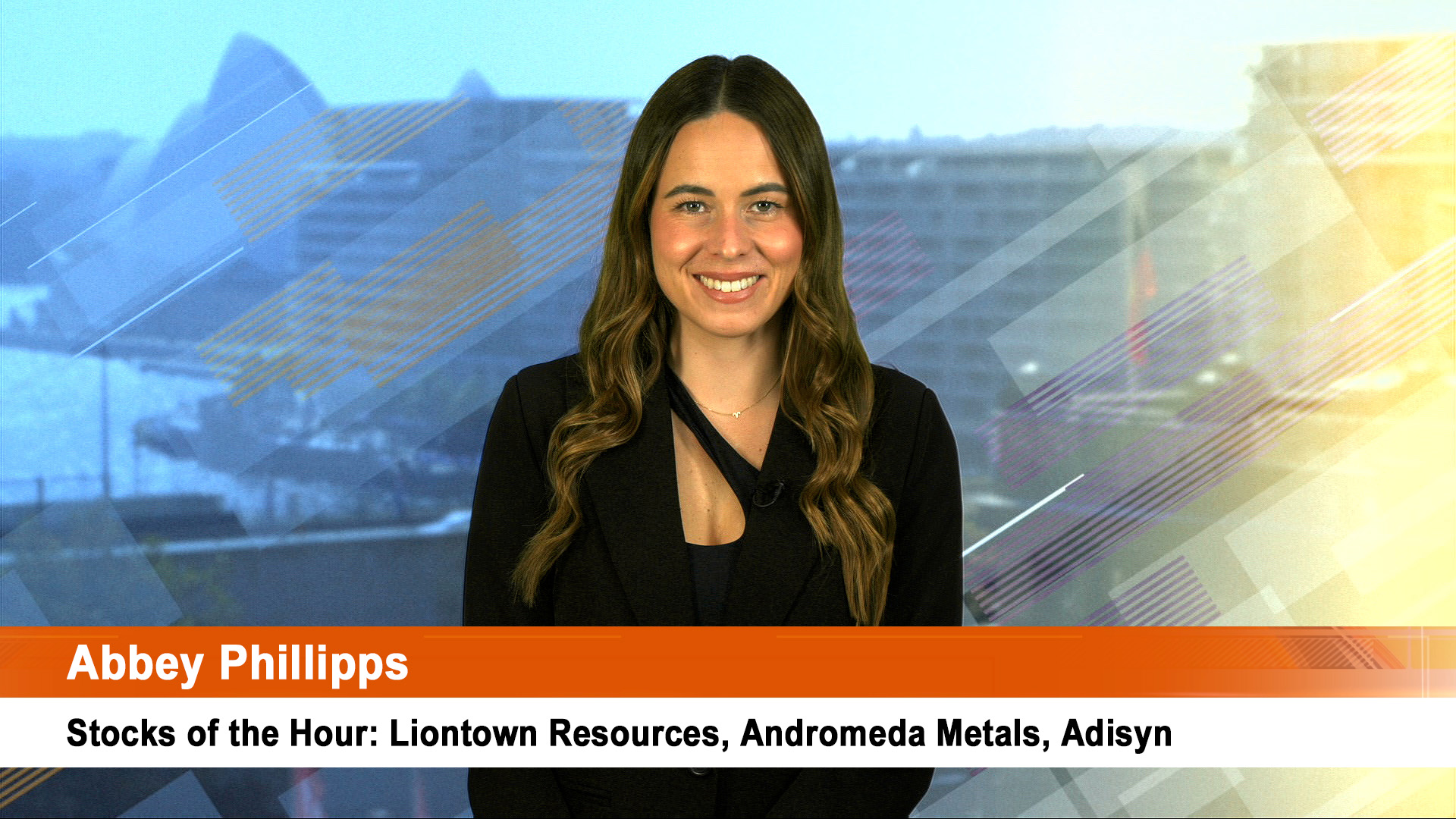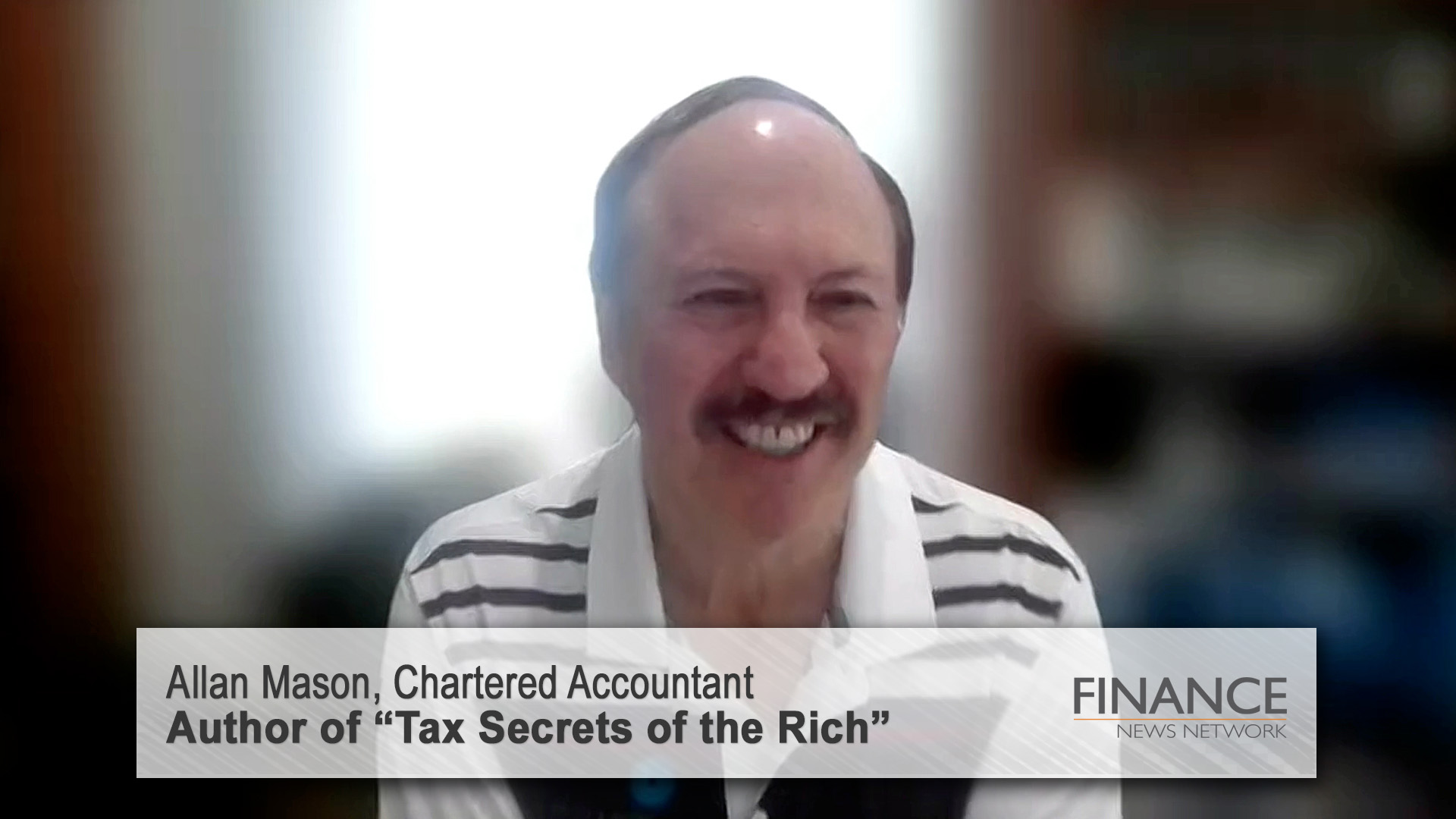The Federal Government is expecting a rise in unemployment in 2008-09 as the fight against inflation slows the economy.

The Federal Budget estimates that the unemployment rate will rise to 4.75% in the next financial year, half a per cent above the 4.2% in April.
It estimates that employment growth will slow sharply from 2.5% this financial year, to 1.25% in 2008-09 and maintain that rate in the out years from 2009-10 to 2011-12.
That means around a net 75,000 people will be added to the unemployment line (a gross 134,000), taking the number of people out of work to over 530,000 by the end of the 2008-09 financial year.
The forecast has to be seen against an estimated 20% rise in our terms of trade (possibly more) from China and higher prices for iron ore and coal. There’s also higher spending due to kick in from the new special funds announced last night.
So the unemployment estimate is ‘safe’ when those factors are considered, but it probably won’t convince markets that the Government is as tough on inflation as the RBA is.
Inflation is rising; productivity is falling and continues to be low: that equation will improve if output is maintained and unemployment rises. It’s something of a sleight of hand. Wages growth is forecast to run at a high 4% for the next four years, indicating the strength of demand for labour, even with the rise in unemployment. That growth will be driven by the resources industry.
While much is made of the cuts and restraint in the budget spending is still forecast to rise in real terms by 1.1% and with inflation at 4%, this is a gross spending boost of more than 4% and possibly 5%, if the Reserve Bank’s tougher inflation figures (3.5% in 08-09) are believed.
As well some early spending from the new future fund type funds for infrastructure, education and health will add to pressures.
But in 2009-10 spending is forecast to rise 4% in real terms, which might be handy if the economy is becalmed as might be, but is still a nominal rise of close to 7%, which won’t do much for inflation.
The extra spending from the three new future fund type arrangements covering infrastructure, education and hospitals will be flowing then in greater quantity.
While the increase in 2009-10 partly reflects the impact of pushing a number of big expenditures in 2009-10 (spending falls back in just over 2% in the next two years, the out years) – it does suggest more cuts will be needed.
The $21.7 billion surplus for 2008-09, plus another big estimated for the following year, will be directed into the three new funds – a new infrastructure fund to invest in road, rail, ports and broadband, worth $20 billion over two years, an extension of the Higher Education Endowment Fund into a new $11 billion (absorbing the Endowment Fund) Education Investment Fund, and a $10 billion Health and Hospital fund, all to be managed by the Future Fund. A COAG Reform Fund will also be set up to channel reform-related payments to the States. These will not be interest only funds; the principal and the interest will be spent: a move that will worry some economists.
Federal Treasury forecasts that inflation is expected to ease in the next financial year as decade-high interest rates and government budget cuts help slow demand in the economy.
Headline consumer price index inflation for the year to June 2009 is expected to ease to 3.25%, the budget papers for 2008/09 estimate.
The forecast is well down from the seven-year high of 4.2% CPI growth for the year to March 2008, from the Australian Bureau of Statistics.
The budget papers also estimate underlying inflation at 3.25% in 2008-09, down from an estimate of 4% for this financial year.
The Labor government says it will deliver an underlying cash budget surplus of $21.7 billion in 2008-09, or 1.8% of GDP.
Real economic growth will slow to 2.75% next financial year from 3.1% this financial year. That’s similar to what the RBA is forecasting
The new projection for 2008-09 is well down from the 3.5% forecast in the former Howard government’s pre-election economic and fiscal outlook released last October as the credit crunch was developing.
The government said higher interest rates, a global growth slowdown and world financial market jitters would curtail Australian economic growth in the next financial year, but the credit crunch hasn’t had too much of an impact on Government tax revenues: they are still estimated to be around $US8 billion higher than the Howard Government’s best estimate in the last budget at $252 billion, compared to $241 billion. Revenue this current financial year will be $8 billion higher, despite the crunch and claims that capital gains tax and corporate tax collections would slow..
The Commonwealth bank’s chief economist, Michael Blythe told AAP last night that he though the government’s economic forecasts were too low, considering that the budget papers expected Australia’s terms of trade to jump by 20 per cent in calendar year 2008.
"The risk is you’ll do better than three per cent with GDP," he said.
"Domestic demand is slowing but we’ll get a massive income boost in the economy.
"You’ll have to wonder how long the slowdown will exist."
With real GDP growth expected to fall to 2.75% next financial year, led by, led by household consumption investment will soften, but not by much.
The Government says it expects (Treasury, actually) investment will continue to grow sharply, with the terms of trade the driver. Exports are forecast to grow 6% (will we ever achieve our export potential?).
Farm incomes are also expect













